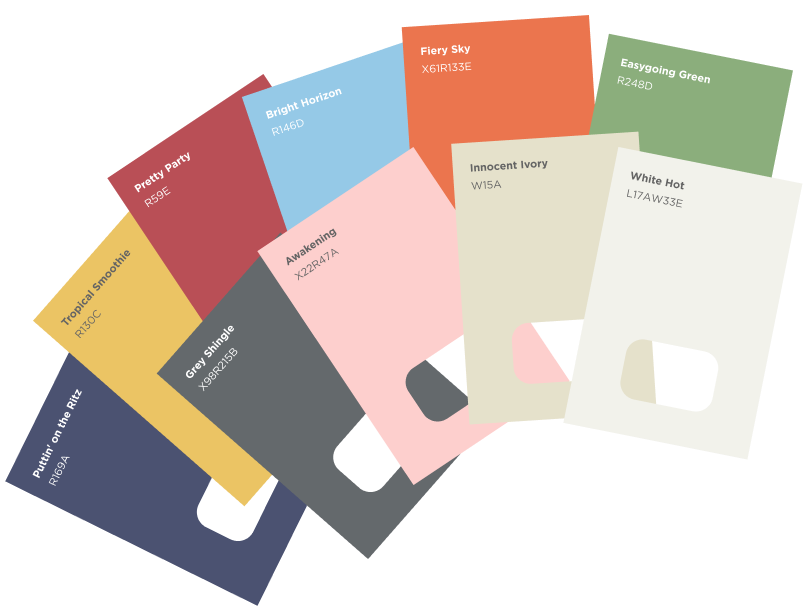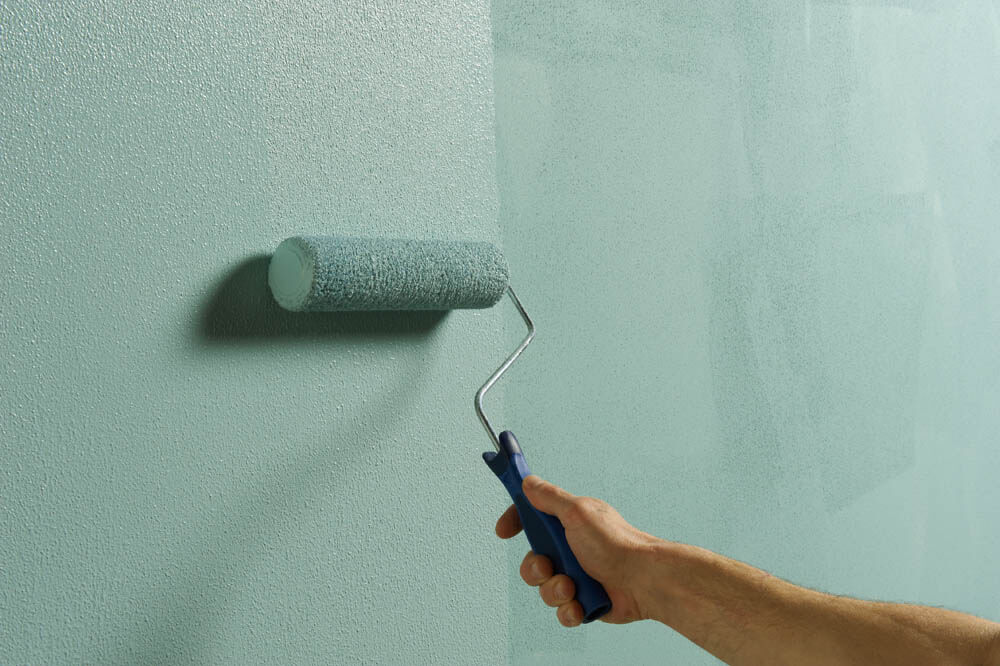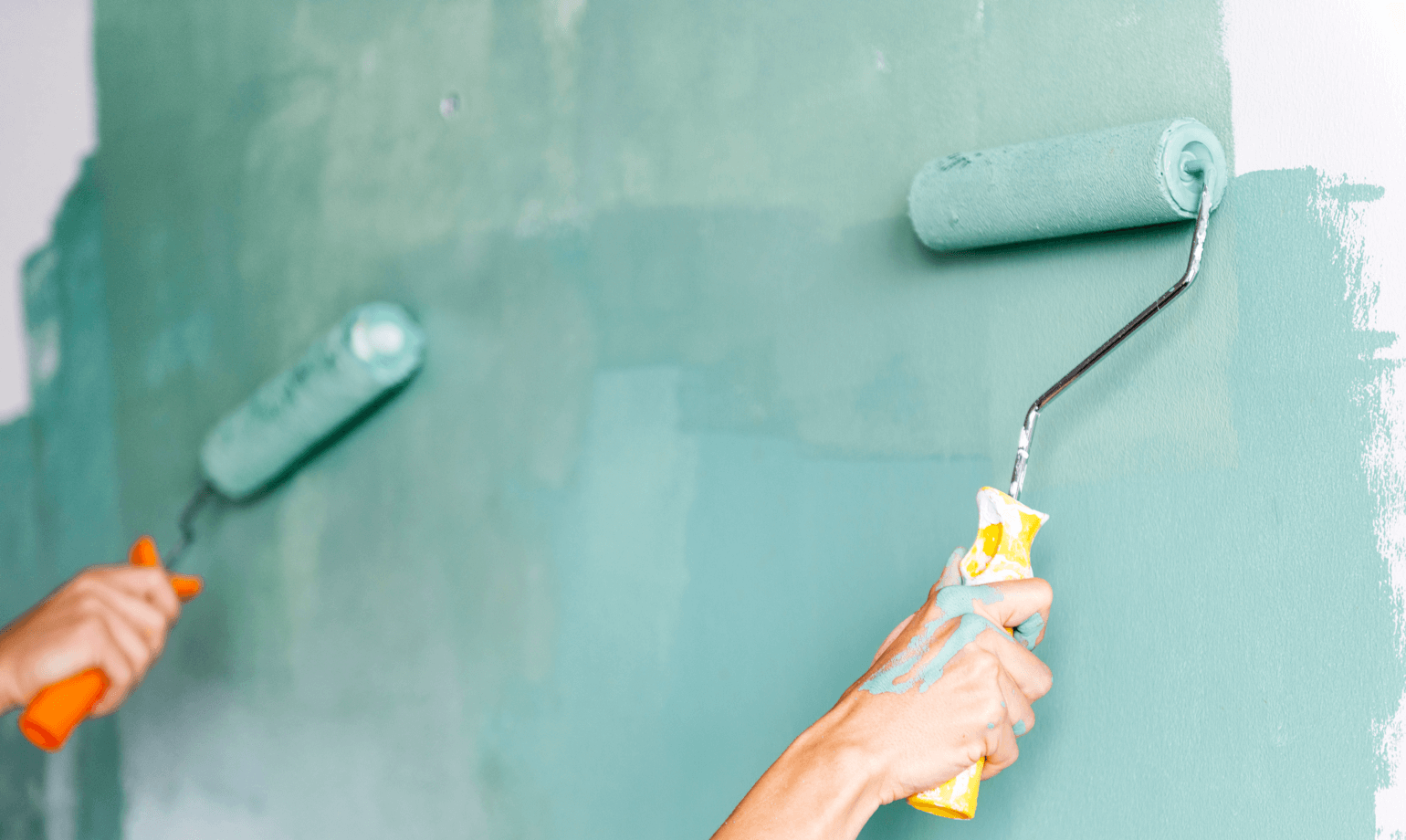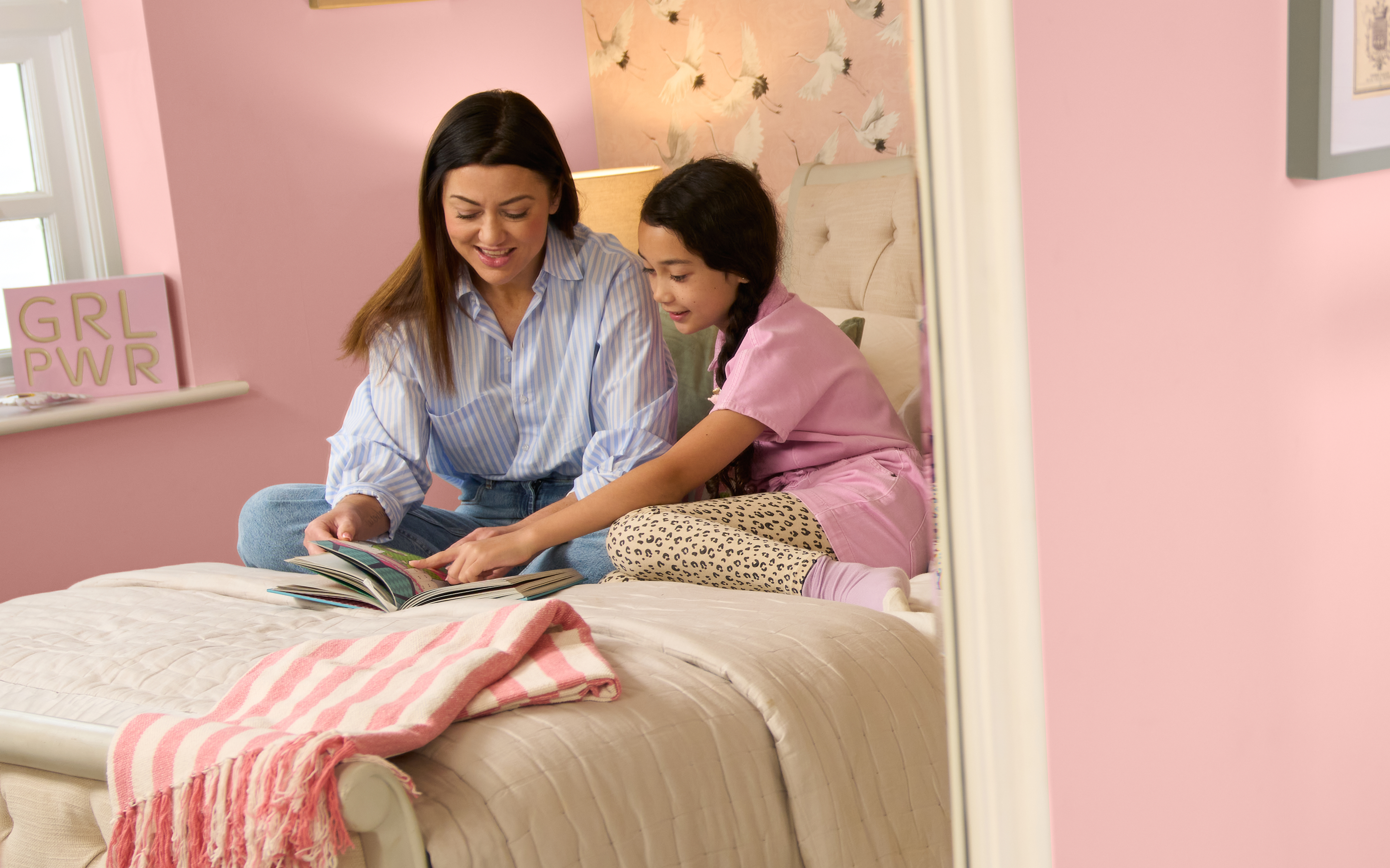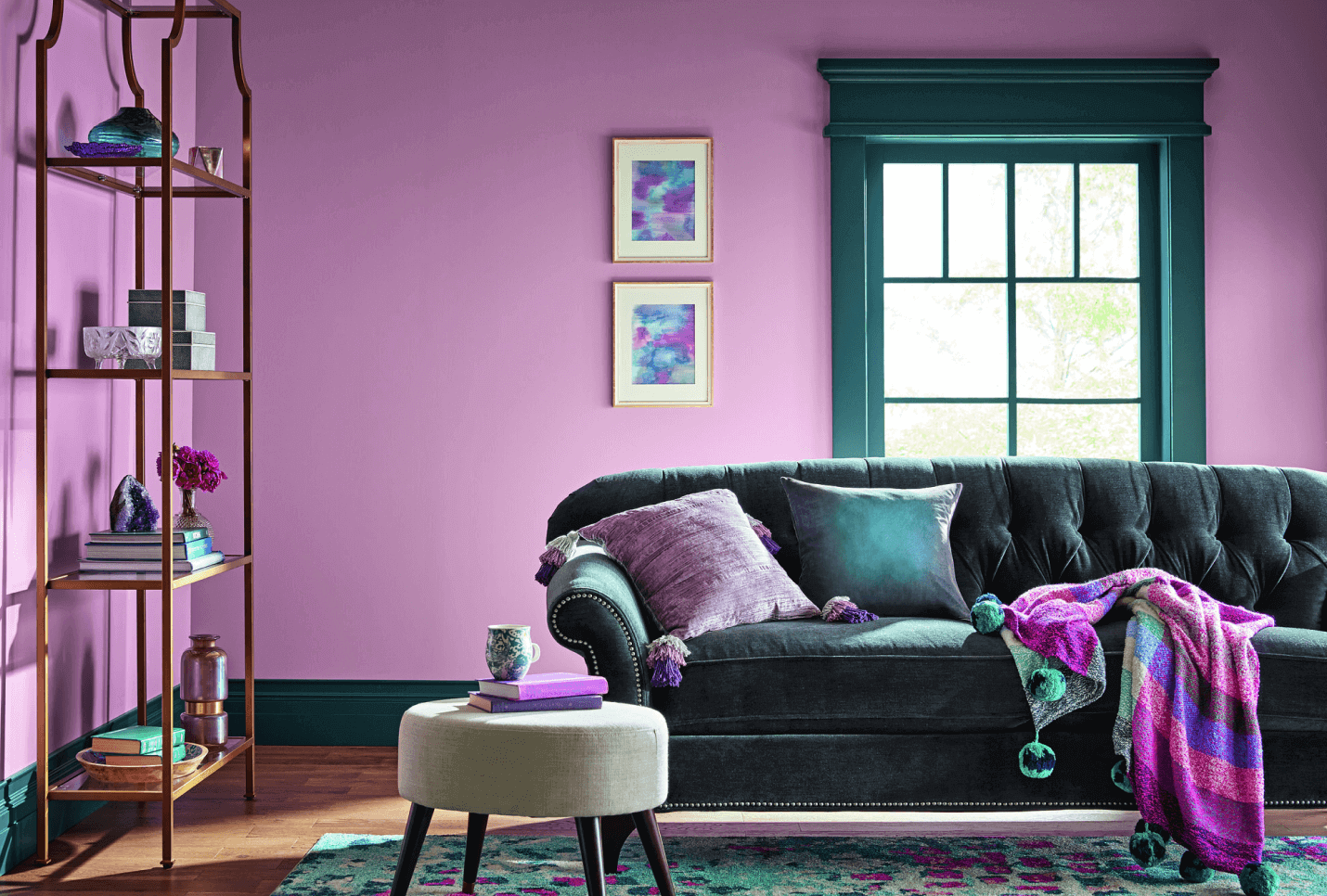
How to paint skirting boards
Touching up the paint on your skirting boards is important from both an aesthetic and practical point of view. Because of their low position in the room, they’re often prone to scuff marks from shoes, vacuum cleaners, toys and moving furniture - meaning they can start to look scruffy over time if you don’t give them a regular refresh.
In a practical sense, the paint on your skirting boards acts as a barrier from moisture, dirt and pests - therefore, regular touch ups don’t just keep them looking attractive, but they also help you to avoid more costly repairs or even full replacements down the line.
Luckily, touching up the paint on your skirting boards isn’t a huge task. As long as you’re armed with the right paint, tools and prepping advice, it’s a simple DIY fix that can be done in a flash. Our range of high performance Valspar Interior Wood & Metal Paint ensures you have the best products to do the job like a professional.
Here’s our guide on how to paint skirting boards:
Tools & Materials Checklist
Below is a full a list of the tools and materials needed to re-paint your skirting boards:
- Dust sheets or drop cloths
- Painters tape/Masking tape
- Sandpaper
- Vacuum cleaner or brush
- Damp cloth
- Sugar soap or mild detergent
- 2” paintbrush
- Valspar Interior Wood Paint
- Valspar Universal Primer
- Wood filler (if needed)
Step-by-Step Guide
Here’s our practical step-by-step guide to painting your skirting:
Step 1: Protect your Floors & Walls
Protecting your floors and walls is crucial to avoiding any damage. Before you start painting, lay down some dust sheets, cardboard or carpet protectors and place them as close to the skirting boards as possible to reduce the chance of damage from spillages. If you have any pieces of furniture nearby - either move them out of the way, or cover with further dust sheets. Place masking tape along the top edges of your boards to stop paint flicking up onto the wall above.
Step 2: Clean & Sand the Surface
It’s likely there will be some dust and dirt that has accumulated on your skirting boards over time, so wipe them over with a damp cloth or sponge first. Using a mild detergent or sugar soap mix will ensure all debris is removed before you start. Then, wipe over with a dry cloth to ensure the surface has no moisture left.
Sanding your boards gives the paint a better surface to stick to and means applying fewer coats. Lightly sand the surface with a fine sandpaper and then wipe down the dust with a damp cloth. Again, leave to dry completely.
Step 4: Apply Primer (if needed)
Once your skirting boards are clean and dry, you need to prime the surface for a professional finish. Dip your 2” brush into the primer, covering half of the bristles, and wipe away any excess on the rim of the tin. An overloaded brush will increase the chances of drips and streaks so make sure it’s not too heavy with primer. Start at the top of your skirting board. Position the brush at a 45 degree angle and paint from right to left starting in one corner of the room and working your way to the other. Repeat the process on the bottom section of the skirting board, being careful not to drip any on the floor. Next, fill in the middle of the boards until the full surface has been covered evenly. Leave to dry – we recommend between two and four hours to completely dry.
Step 5: Paint with Your Chosen Finish
As soon as the primer is dry, apply the first coat of paint. Apply it in exactly the same way as the primer. For the best results, you might need two coats but always check your chosen paint for instructions as some paints only require one coat.
When you’ve finished painting, remove the decorator’s tape while the paint is still wet but leave your dust sheets and protectors in place until the paint is completely dry.
What is the best paint for skirting boards?
The best paint for your skirting boards will depend on what type of finish you want, as well as how durable you need it to be. Here’s a quick rundown of our most suitable paint products for the job:
Valspar Premium Wood & Metal Paint
Our Premium Wood & Metal Paint is perfect for skirting boards because of its excellent durability and resistance to stubborn stains. It’s a non-yellowing paint, and is perfect for busy areas with high football like hallways, lounges and bedrooms. It’s also scrubbable, so maintenance is quick and easy. Available in an Eggshell, Satin or Gloss finish, you can also select from over 2.2 million colour options to match your interior perfectly.
Multi-Surface & Furniture Paint
Tough, durable and protective, our Multi-Surface & Furniture Paint is suitable for use on bare or previously painted skirting boards, without the need for a separate primer. It’s a primer, paint and finish all in one, meaning you can save time and hassle with no compromise on quality and durability. It’s available in a stylish Dead Flat Matt finish or a sleek Satin option.
Classic Wood & Metal Paint
Our Classic Wood & Metal Paint is a perfect, versatile partner for your skirting boards. It’s easy to clean formula makes it a popular choice and will keep your skirting boards looking great for longer.
What’s next?
If your newly-refreshed skirting boards have left you craving a fresh lick of paint in other areas of your home, then we’ve got you covered. Check out a selection of our other Valspar How To Guides below:


